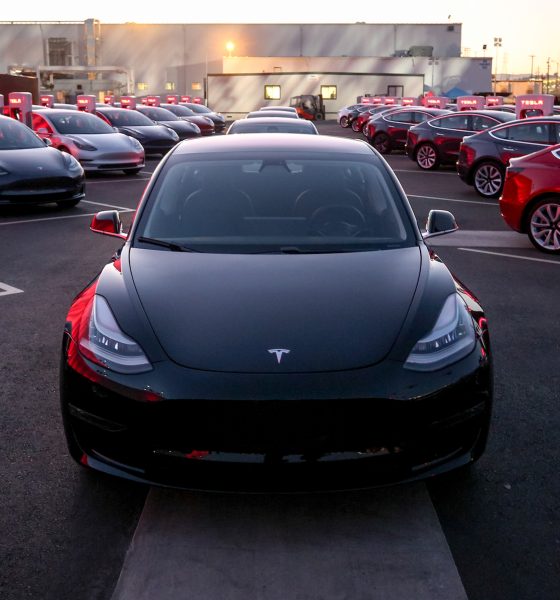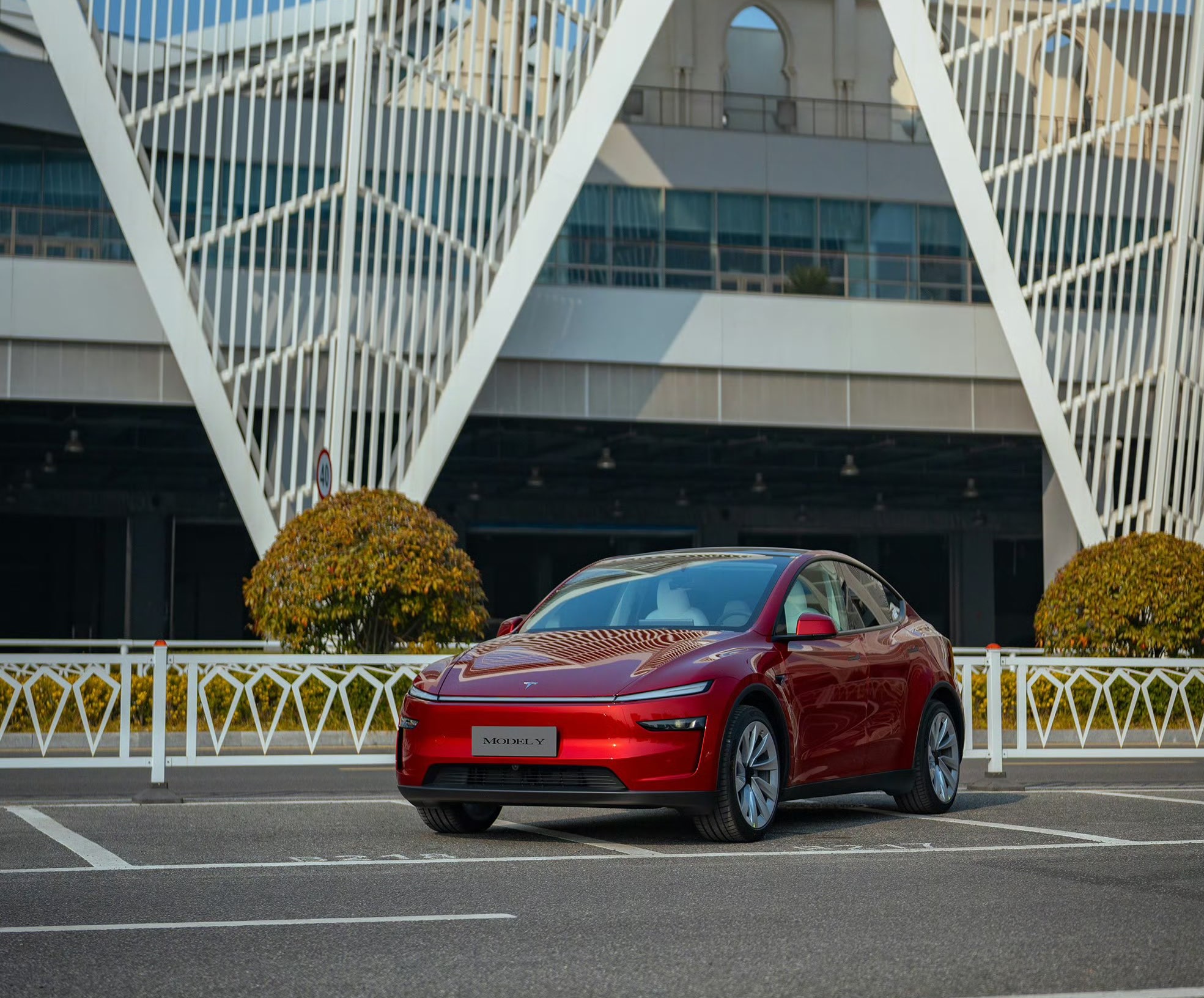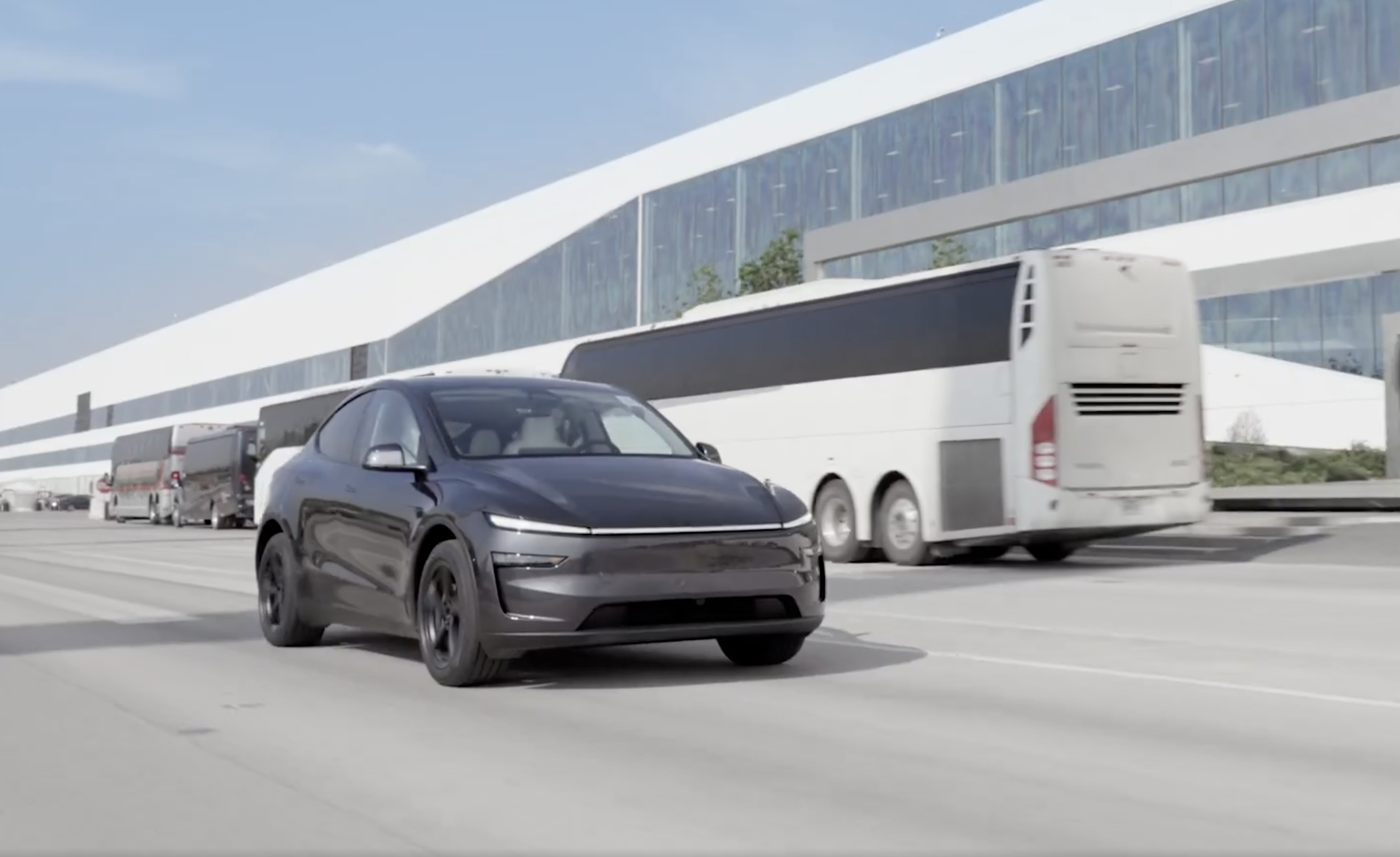

Investor's Corner
Tesla Model 3 VIN #2639 registered with NHTSA ahead of Q3 report
All eyes are on Wednesday’s Tesla 3Q earnings report and the expected update by CEO Elon Musk on Model 3 production numbers. One might recall that the California-based electric car maker reported an unremarkable 260 Model 3 vehicles produced and 220 delivered in the third quarter, citing “manufacturing bottlenecks” as the reason for missing its original guidance of 1,500 Model units produced by the end of September.
However, despite the downbeat production numbers, Wall St. firm Oppenheimer & Co. documented in a research note sent to investors that Model 3-specific machinery at Tesla’s factory was already operational and vehicles were making their way through the production line. A video shared by Musk showed Model 3 body panels being stamped on the production line in real-time. Oppenheimer linked the production bottleneck to suppliers that failed to meet their delivery time frames.
Now, nearly a month after Model 3 production challenges first surfaced, a query against the National Highway Transportation Safety Administration government site reveals that Tesla Model 3 production may have hit its stride and on the upswing. According to the nhtsa.gov, Tesla has registered Model 3 with VIN ending in 2639 to date, a change from VIN ending in the 1100s when the company reported that it had produced 260 Model 3 vehicles. The latest Model 3 Vehicle Identification Numbers (VIN) that was registered with the NHTSA is 5YJ3E1EA0HF002639.
Based on the rate of increase of Model 3 VINs being registered, data from last week suggests that Tesla is pacing at over 500 Model 3 VINS registered per week. While it’s still difficult to tell what the actual production numbers are for Model 3 and whether these VINs are being registered sequentially, one can speculate that Tesla is navigating the ramp portion of its production S-curve. After all, Musk did reveal on the day following his whiskey and hot dog-fueled Gigafactory camping excursion that the team has continued into the ~8th circle of production hell.
Btw, just want to express a word of appreciation for the hard work of the Tesla Gigafactory team. Reason I camped on the roof was because it was less time than driving to a hotel room in Reno. Production hell, ~8th circle …
— Elon Musk (@elonmusk) October 26, 2017
With reports that a supplier has received notice of their Model 3 parts orders being cut back from 5,000 per week to 3,000 per week, it’s expected that Tesla will report production numbers short of Musk’s original guidance. However, given the rapid increase in Model 3 VINs being registered and Musk’s penchant to execute, albeit on an overly optimistic timeline, there’s still high confidence that the underlying fundamentals to achieve Model 3 high volume production are in place. It’s only a matter of time before Model 3 will truly become a mass market vehicle.

Investor's Corner
Mizuho keeps Tesla (TSLA) “Outperform” rating but lowers price target
As per the Mizuho analyst, upcoming changes to EV incentives in the U.S. and China could affect Tesla’s unit growth more than previously expected.

Mizuho analyst Vijay Rakesh lowered Tesla’s (NASDAQ:TSLA) price target to $475 from $485, citing potential 2026 EV subsidy cuts in the U.S. and China that could pressure deliveries. The firm maintained its Outperform rating for the electric vehicle maker, however.
As per the Mizuho analyst, upcoming changes to EV incentives in the U.S. and China could affect Tesla’s unit growth more than previously expected. The U.S. accounted for roughly 37% of Tesla’s third-quarter 2025 sales, while China represented about 34%, making both markets highly sensitive to policy shifts. Potential 50% cuts to Chinese subsidies and reduced U.S. incentives affected the firm’s outlook.
With those pressures factored in, the firm now expects Tesla to deliver 1.75 million vehicles in 2026 and 2 million in 2027, slightly below consensus estimates of 1.82 million and 2.15 million, respectively. The analyst was cautiously optimistic, as near-term pressure from subsidies is there, but the company’s long-term tech roadmap remains very compelling.
Despite the revised target, Mizuho remained optimistic on Tesla’s long-term technology roadmap. The firm highlighted three major growth drivers into 2027: the broader adoption of Full Self-Driving V14, the expansion of Tesla’s Robotaxi service, and the commercialization of Optimus, the company’s humanoid robot.
“We are lowering TSLA Ests/PT to $475 with Potential BEV headwinds in 2026E. We believe into 2026E, US (~37% of TSLA 3Q25 sales) EV subsidy cuts and China (34% of TSLA 3Q25 sales) potential 50% EV subsidy cuts could be a headwind to EV deliveries.
“We are now estimating TSLA deliveries for 2026/27E at 1.75M/2.00M (slightly below cons. 1.82M/2.15M). We see some LT drivers with FSD v14 adoption for autonomous, robotaxi launches, and humanoid robots into 2027 driving strength,” the analyst noted.
Investor's Corner
Tesla stock lands elusive ‘must own’ status from Wall Street firm

Tesla stock (NASDAQ: TSLA) has landed an elusive “must own” status from Wall Street firm Melius, according to a new note released early this week.
Analyst Rob Wertheimer said Tesla will lead the charge in world-changing tech, given the company’s focus on self-driving, autonomy, and Robotaxi. In a note to investors, Wertheimer said “the world is about to change, dramatically,” because of the advent of self-driving cars.
He looks at the industry and sees many potential players, but the firm says there will only be one true winner:
“Our point is not that Tesla is at risk, it’s that everybody else is.”
The major argument is that autonomy is nearing a tipping point where years of chipping away at the software and data needed to develop a sound, safe, and effective form of autonomous driving technology turn into an avalanche of progress.
Wertheimer believes autonomy is a $7 trillion sector,” and in the coming years, investors will see “hundreds of billions in value shift to Tesla.”
A lot of the major growth has to do with the all-too-common “butts in seats” strategy, as Wertheimer believes that only a fraction of people in the United States have ridden in a self-driving car. In Tesla’s regard, only “tens of thousands” have tried Tesla’s latest Full Self-Driving (Supervised) version, which is v14.
Tesla Full Self-Driving v14.2 – Full Review, the Good and the Bad
When it reaches a widespread rollout and more people are able to experience Tesla Full Self-Driving v14, he believes “it will shock most people.”
Citing things like Tesla’s massive data pool from its vehicles, as well as its shift to end-to-end neural nets in 2021 and 2022, as well as the upcoming AI5 chip, which will be put into a handful of vehicles next year, but will reach a wider rollout in 2027, Melius believes many investors are not aware of the pace of advancement in self-driving.
Tesla’s lead in its self-driving efforts is expanding, Wertheimer says. The company is making strategic choices on everything from hardware to software, manufacturing, and overall vehicle design. He says Tesla has left legacy automakers struggling to keep pace as they still rely on outdated architectures and fragmented supplier systems.
Tesla shares are up over 6 percent at 10:40 a.m. on the East Coast, trading at around $416.
Investor's Corner
Tesla analyst maintains $500 PT, says FSD drives better than humans now
The team also met with Tesla leaders for more than an hour to discuss autonomy, chip development, and upcoming deployment plans.

Tesla (NASDAQ:TSLA) received fresh support from Piper Sandler this week after analysts toured the Fremont Factory and tested the company’s latest Full Self-Driving software. The firm reaffirmed its $500 price target, stating that FSD V14 delivered a notably smooth robotaxi demonstration and may already perform at levels comparable to, if not better than, average human drivers.
The team also met with Tesla leaders for more than an hour to discuss autonomy, chip development, and upcoming deployment plans.
Analysts highlight autonomy progress
During more than 75 minutes of focused discussions, analysts reportedly focused on FSD v14’s updates. Piper Sandler’s team pointed to meaningful strides in perception, object handling, and overall ride smoothness during the robotaxi demo.
The visit also included discussions on updates to Tesla’s in-house chip initiatives, its Optimus program, and the growth of the company’s battery storage business. Analysts noted that Tesla continues refining cost structures and capital expenditure expectations, which are key elements in future margin recovery, as noted in a Yahoo Finance report.
Analyst Alexander Potter noted that “we think FSD is a truly impressive product that is (probably) already better at driving than the average American.” This conclusion was strengthened by what he described as a “flawless robotaxi ride to the hotel.”
Street targets diverge on TSLA
While Piper Sandler stands by its $500 target, it is not the highest estimate on the Street. Wedbush, for one, has a $600 per share price target for TSLA stock.
Other institutions have also weighed in on TSLA stock as of late. HSBC reiterated a Reduce rating with a $131 target, citing a gap between earnings fundamentals and the company’s market value. By contrast, TD Cowen maintained a Buy rating and a $509 target, pointing to strong autonomous driving demonstrations in Austin and the pace of software-driven improvements.
Stifel analysts also lifted their price target for Tesla to $508 per share over the company’s ongoing robotaxi and FSD programs.








